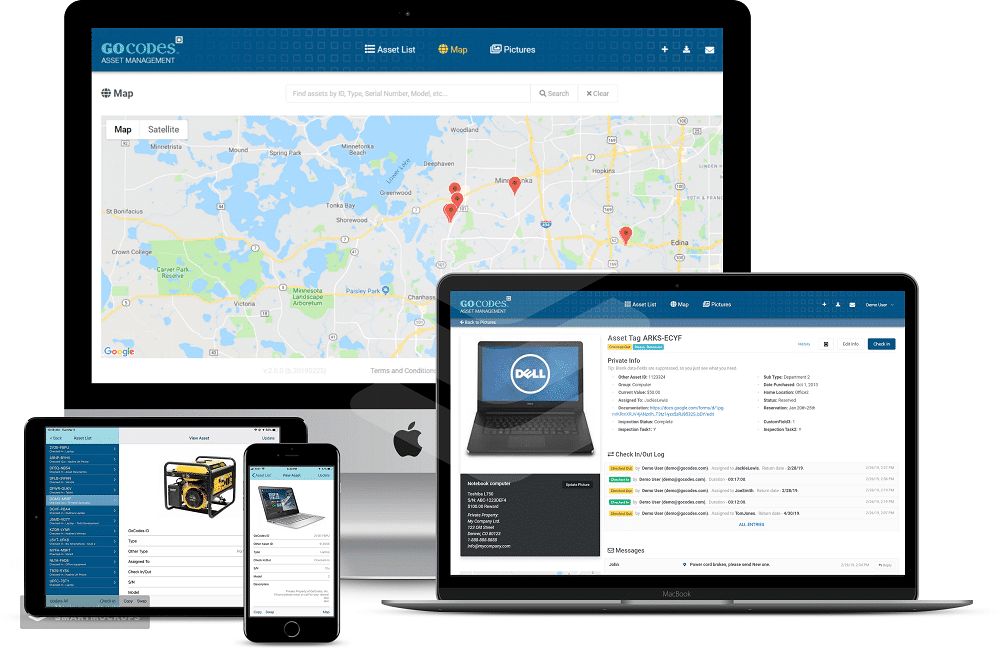In this article...
What's the trick?
All organizations purchase tools & equipment that are necessary for day-to-day operations. Whether your a small business, school or a multinational organization there's no avoiding accumulating fixed assets (in accounting terms).
Before you know it, your organization has hundreds if not thousands of items. In today's mobile world, many of these items are small, valuable and move from person to person, project to project and place to place making them difficult to track.
But a less well known problem is the major impact of ghost assets on an organizations daily operations, operating costs and financial reporting. Here are a few examples that explain what ghost assets are and how they impact your organization.
Dude where's my car(go trailer?)
So your foreman is setting out to load up a cargo trailer with equipment for the next project. He checks the paper list at the office and see's that there's a cargo trailer available at the Klingerman project site which had just completed. So he set's of with his truck to collect it. When he get's there he checks with the foreman only to find out that the cargo trailer was never at the site and no one actually knows where it is. It's been missing for over a year. So he has to call into the office and see if he can find another trailer. This process delays the start of the job by half a day, so a team are left standing around for a morning costing the company hundreds of dollars.
But this is only the top of the iceberg. The company has been paying for insurance on that ghost trailer,has included it in a maintenance service contract and has been listing it on the balance sheet as a company asset and paying taxes on it too.
Now imagine how many ghost assets your organization has and try to add up all the costs similar to the above example. It's scary stuff!
So what's the treat?
The good news is that there are ways to vaporize ghost assets before they scare your accountants and management to death. Here's a five step plan to get the job done fast.
1) Complete a manual physical inventory and make sure you get an accurate list of assets in your asset management system.
2) Assign someone the task of completing regular inventory reconciliations to make sure your asset list stays current and missing assets can be tracked down before they are lost forever. Like missing persons, the sooner you know there missing, the more likely your going to get them back, so time is critical for effective asset recovery.
3) Reconcile your asset list with your accountant's fixed asset list to ensure that your balance sheet is accurate.
4) Check on your insurance coverage and maintenance service plans to make sure your not paying to cover those ghostly assets.
5) Give yourself a treat – your earned it!
Other Articles You May Like
How to Choose the Best Inventory Software for Your Business
What should I print on my asset labels?
Get Tough on Asset Management! – Rugged Solutions for Apple iPad and Android Tablets
The real reason SMBs switch to cloud apps [INFOGRAPHIC]



